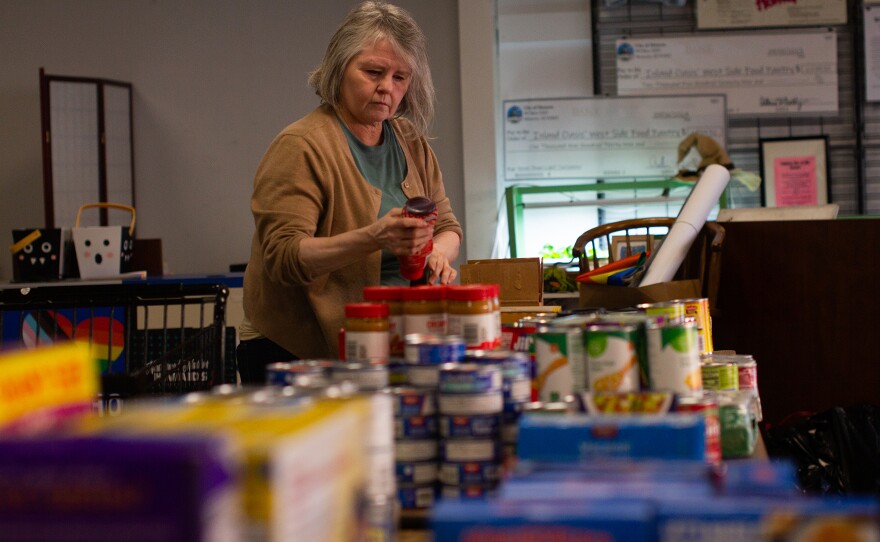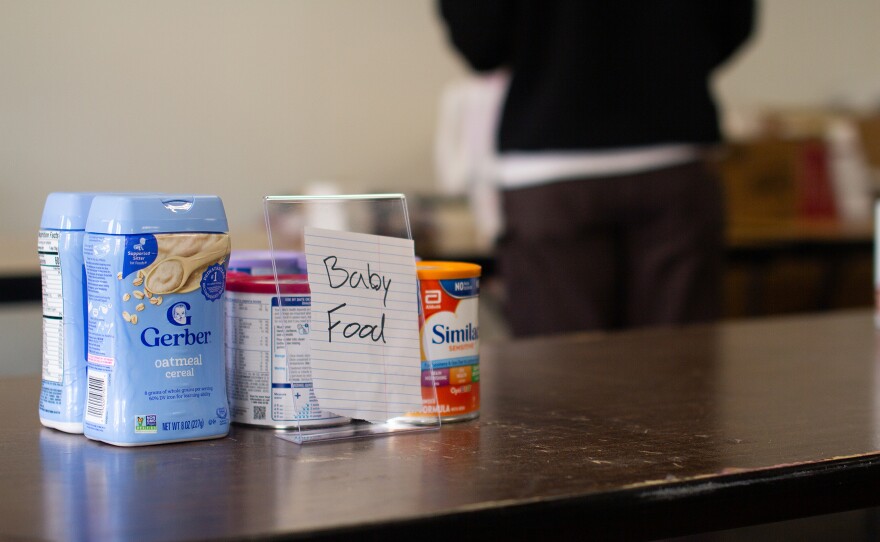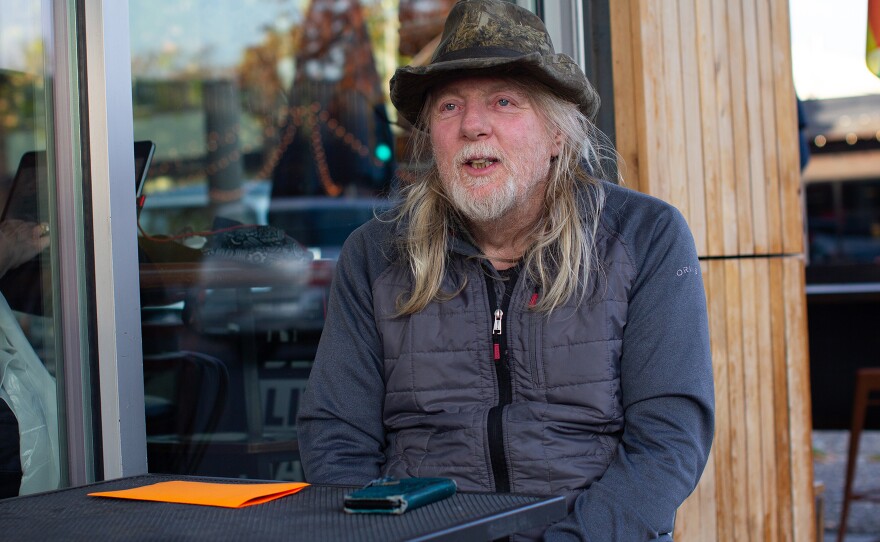Cass Davis spent the last week fishing as much as he could. He said he couldn’t afford not to. Depending on how quickly he gets his food stamps, he might need it.
“ I've been going salmon fishing, despite the fact that I got a cold and I was miserable this morning,” he said. “ I really want to put a whole bunch of smoked salmon in my freezer.”
Davis, who lives in Moscow, Idaho, lives on a fixed income due to disabilities. To get to his fishing spot, he barters with friends to give fishing lessons in exchange for a ride; he can’t afford the gas.
Davis is one of roughly 130,000 Idahoans who rely on the Supplemental Nutrition Assistance Program, or SNAP. In Washington state, that number is about 888,000 people.
SNAP covers about $200 of Davis’ monthly groceries. He said the stress of worrying about finances has been bad for his health.
“What they've done by taking away my food stamps is put me in a real pickle,” he said. “It's more than I'm not eating right. I'm stressing like hell now.”
On Friday, two federal judges ruled the Trump administration must use contingency funds to continue SNAP benefits. U.S. Treasury Secretary Scott Bessent said that those benefits might resume as early as Wednesday.
But other agencies that work with SNAP recipients have expressed skepticism about that timeline, stating it might take weeks for funds to come through. The Trump administration will also only distribute half the normal payments from the $4.65 billion contingency fund.
A representative for Idaho Health and Welfare said the agency did not have formal guidance on when SNAP benefits would be distributed.
Janna Jones is the manager at the West Side Food Pantry in Moscow, operated by the nonprofit Inland Oasis. She said this month, she expects to see more families with children using the pantry.
“Families have the hardest time extending their dollars,” she said. “If you're looking at SNAP benefits, the largest population are households with children.”
Roughly 36% of SNAP recipients are children, according to the Pew Research Center.
Still, if SNAP isn’t restored, the number of people who are on it in Moscow could roughly double the pantry’s current numbers, said volunteer Nick Koenig. If that many people came in, the pantry would need a lot more food drives.
“I think we could do a week, with what we've gotten thus far,” Koenig said.
Even before the uncertainty with SNAP, the food pantry’s monthly use had grown from almost 1,400 visits in September 2022 to over 2,000 this September.
Two of the largest groups with increased usage at the West Side Food Pantry have been seniors and low-income people with full-time jobs.
Davis said he’s been lucky enough to be able to rely on friends who can help him out. When his van broke down last month, it cost him $1,600 to repair, some of which he had to borrow from friends.
He’s now trying to pay that off. But Davis said he worries losing SNAP will put him into more debt.
“ I don't really think that people who work in Washington, D.C., really understand what ‘poor’ is,” Davis said. “People who are trying to pay rent, and pay utilities, and pay insurance, and everything that we have to — it equals no money after bills are paid.”
Regardless of when SNAP returns, food pantry staff say there will be a continual need for donations. Jones noted that pantries will be especially in need of items in the new year.
“People get very generous over the holidays and we really appreciate it,” she said. “People get burnt out through the holidays and by January, most of the shelves start looking a little bit empty.”
Most food pantries also accept monetary donations to buy what they need directly, which can help with filling unexpected needs.
Resources to find food are available at idahofoodbank.org and findhelp.org.




